Budapest postcards
December 6, 2023
Stepping into a Budapest postcard – where every corner is a story, and every facade is a masterpiece. Journey with us through the city’s living history. Budapest is a city with a rich history and stunning architecture, making it a captivating destination for anyone seeking to step into a living postcard. As you wander through its streets, you’ll find that every corner tells a story, and every facade is a masterpiece.
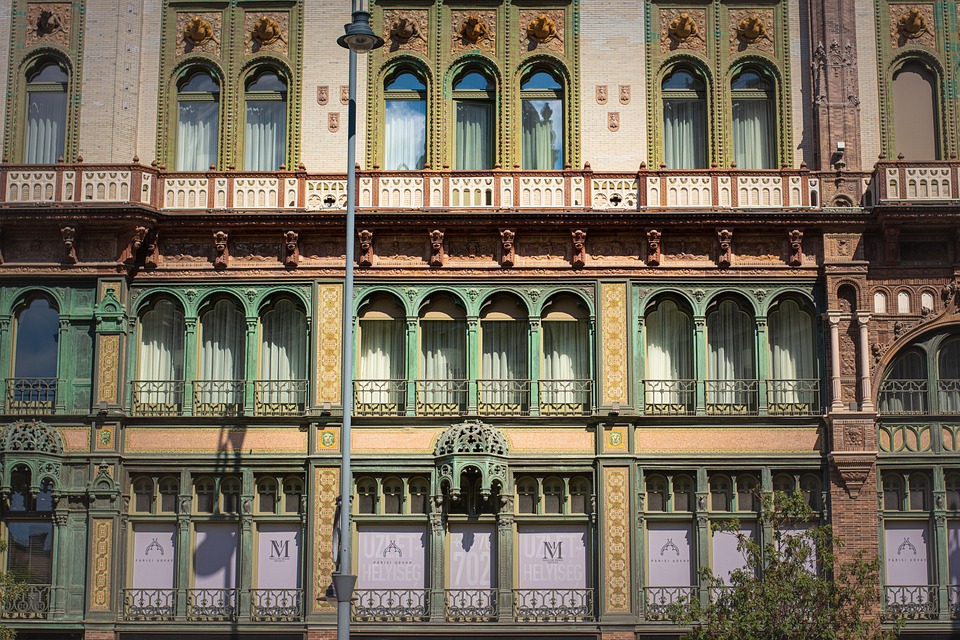
Buda Castle and Fisherman’s Bastion:
Begin your journey in the historic district of Buda, where the imposing Buda Castle stands proudly on Castle Hill. The castle offers panoramic views of the city and the Danube River. Nearby, the fairy-tale-like Fisherman’s Bastion with its towers and turrets provides an enchanting backdrop, making it a favorite spot for both locals and visitors. Fisherman’s Bastion consists of several terraces with ornate parapets and staircases. The viewing platforms provide excellent photo opportunities and are particularly popular for capturing the cityscape. At the center of Fisherman’s Bastion, there is a statue of King Stephen I of Hungary, the first King of Hungary and founder of the Kingdom of Hungary.

Chain Bridge and the Danube Promenade:
Cross the iconic Chain Bridge, one of Budapest’s symbols, connecting Buda and Pest.
The Chain Bridge is a notable landmark in Budapest, Hungary, and one of the most iconic bridges spanning the Danube River. The construction of the Chain Bridge was completed in 1849, making it the first permanent bridge across the Danube in Hungary. It played a significant role in the unification of Buda and Pest into a single city in 1873, along with Óbuda. The Chain Bridge is known for its elegant and classic design. It features a suspension structure with massive stone lions guarding each entrance. The lions were added in 1852 and are now iconic symbols of the bridge. The bridge’s original design included innovative features for its time, such as the use of iron chains for suspension. It was considered a marvel of engineering when it was built.
Stroll along the Danube Promenade on the Pest side, enjoying the views of the river, the Castle, and the Parliament building illuminated in the evening.
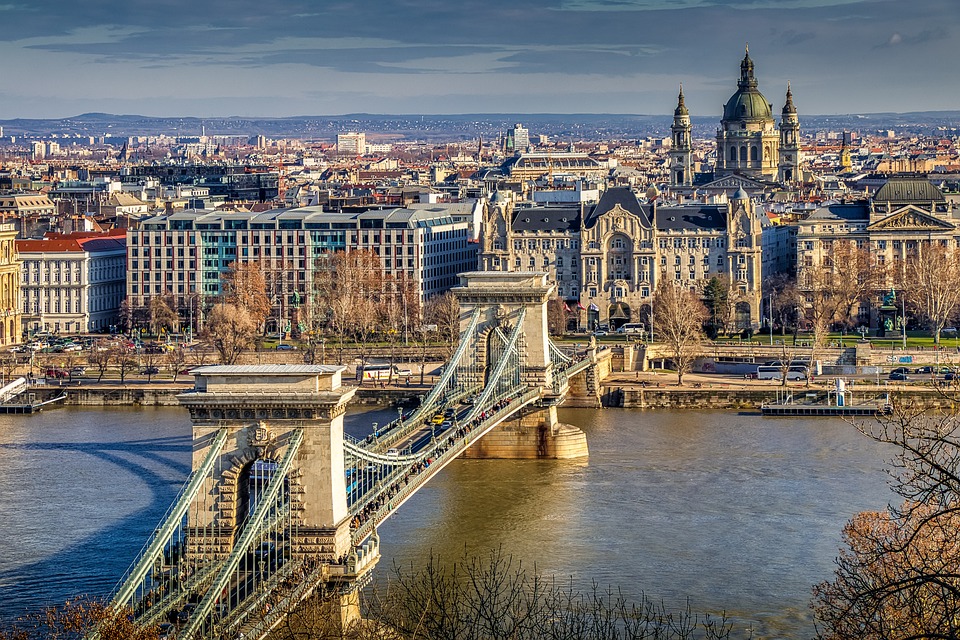
Hungarian Parliament Building:
The Hungarian Parliament Building, also known as the Országház, is one of the most iconic landmarks in Hungary and a prominent symbol of Budapest. The Hungarian Parliament Building is situated on the bank of the Danube River in Budapest, the capital city of Hungary. It is located in the Pest side of the city, opposite Buda Castle.
The building is an outstanding example of Gothic Revival architecture and is characterized by its symmetrical façade, pointed arches, and intricate detailing. It has elements of both neo-Gothic and neo-Romanesque styles.
The Parliament Building was designed by Hungarian architect Imre Steindl. Construction began in 1885 and was completed in 1904. Unfortunately, Steindl went blind before the building’s completion and never saw the finished product.
It is one of the largest parliamentary buildings in the world. The building has a length of about 268 meters (879 feet) and a width of approximately 118 meters (387 feet). It has 691 rooms.
The central dome of the Parliament Building is 96 meters (315 feet) in height, making it one of the tallest structures in Budapest. The dome is adorned with sculptures and topped with a distinctive spire.
The faсade of the Parliament Building is adorned with numerous statues, gargoyles, and other decorative elements. The interior is equally impressive, featuring a grand staircase, stunning stained glass windows, and a variety of sculptures and paintings.
The Hungarian Crown Jewels, including the Holy Crown, are displayed in the Parliament Building. The Crown Jewels are considered significant symbols of Hungarian statehood and are protected by guards.
The Parliament Building is best viewed from the opposite bank of the Danube River, especially at night when it is beautifully illuminated. The Danube Promenade provides an excellent vantage point for taking in the majestic structure.
While the interior is primarily used for parliamentary sessions and government offices, the building’s exterior is a popular attraction for tourists. Guided tours are available for those who want to explore the impressive interior.
The Hungarian Parliament Building is not only a political and administrative center but also a symbol of Hungarian history and national identity. Its stunning architecture and strategic location on the banks of the Danube make it a must-visit landmark for those exploring Budapest.
The sheer grandeur of this architectural gem is best appreciated during a boat cruise on the Danube or from the opposite bank at sunset.
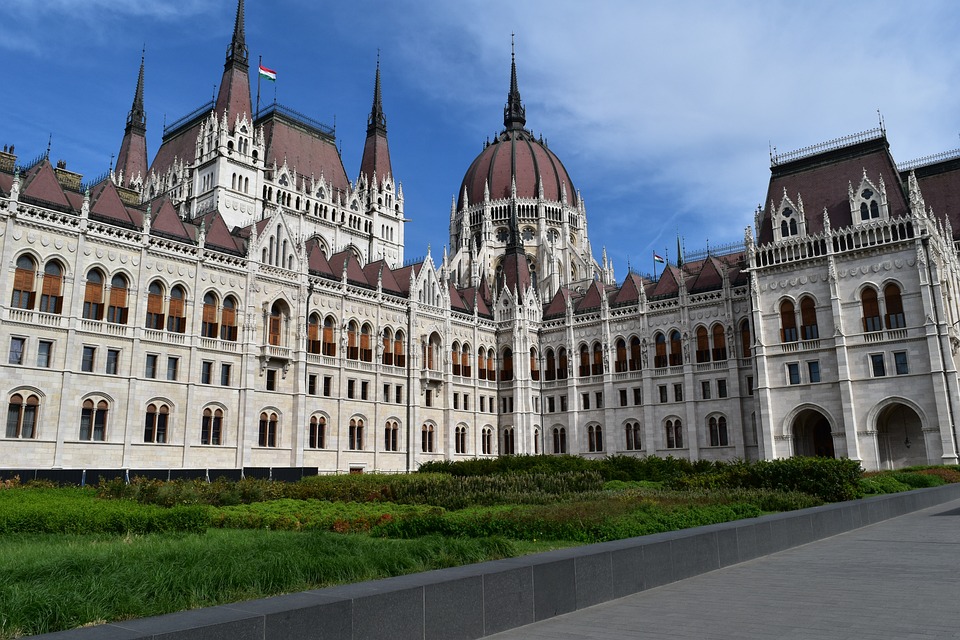
St. Stephen’s Basilica:
Head to Pest to visit St. Stephen’s Basilica, a neoclassical wonder named after Hungary’s first king of Hungary, St. Stephen, the basilica is a significant religious and cultural site in the city. St. Stephen’s Basilica is situated in the heart of Budapest, on the Pest side of the Danube River. Its exact address is Szent István tér 1, 1051 Budapest, Hungary.
The construction of the basilica began in 1851 and was completed in 1905, although it was consecrated in 1906. The architectural style of the basilica is neoclassical with a dome influenced by Renaissance and Baroque elements.
The basilica’s dome is one of the tallest structures in Budapest, providing visitors with panoramic views of the city. There is an observation deck at the top of the dome that is accessible by an elevator or stairs. The panoramic views include the Danube River, Buda Castle, and the city skyline.
St. Stephen’s Basilica houses a significant relic, the mummified right hand of St. Stephen, the first King of Hungary. This relic is displayed in a glass case and is considered a sacred object attracting pilgrims and tourists alike.
The interior of the basilica is adorned with ornate decorations, including sculptures, paintings, and intricate mosaics. The high altar is a focal point, and the interior reflects a mix of artistic styles.
St. Stephen’s Basilica is also known for hosting classical music concerts. The excellent acoustics of the building make it a popular venue for musical performances, attracting both locals and tourists.
The basilica is a central location for various events and celebrations, especially during religious holidays and national festivities.
The basilica is easily accessible and is a popular stop for tourists exploring Budapest. It is often included in guided tours of the city.
St. Stephen’s Basilica is not only a religious site but also a symbol of Budapest’s rich history and architectural heritage. Visitors can explore its stunning interior, enjoy panoramic views of the city, and appreciate the cultural and spiritual significance of this landmark.
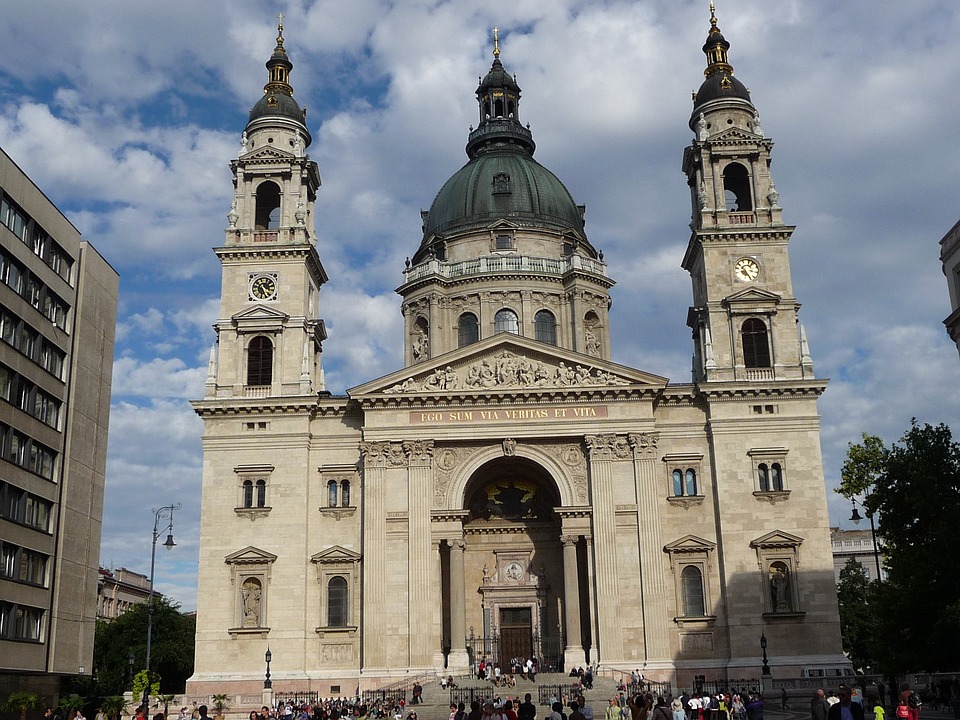
Heroes’ Square and City Park:
Heroes’ Square is situated at the end of Andrássy Avenue, one of Budapest’s main thoroughfares. It is at the entrance of City Park.
The square is a symbol of Budapest and Hungary’s history. It features a semicircular colonnade with statues of important historical figures and the Millennium Memorial in the center. The memorial commemorates the 1,000th anniversary of the founding of Hungary in 896 .
The statues on the columns represent the leaders of the seven Hungarian tribes that founded the country, while the central column is topped by the Archangel Gabriel. The statues and the monument together depict Hungary’s history and its progression.
City Park (Városliget) is a large public park adjacent to Heroes’ Square. It is easily accessible and well-connected to other parts of Budapest.
Vajdahunyad Castle: This castle, situated within the park, is a replica of a Transylvanian castle and houses the Agricultural Museum.
One of the largest thermal bath complexes in Europe is located in City Park. Széchenyi Baths are famous for their thermal pools and spa facilities.
The park is also home to the Budapest Zoo, which is one of the oldest zoos in the world.
Ice Rink: In winter, the City Park Ice Rink becomes a popular spot for ice skating enthusiasts.
Both Heroes’ Square and City Park are significant cultural and recreational areas in Budapest, attracting locals and tourists alike. They provide a blend of history, art, and outdoor activities in a beautiful and expansive setting.
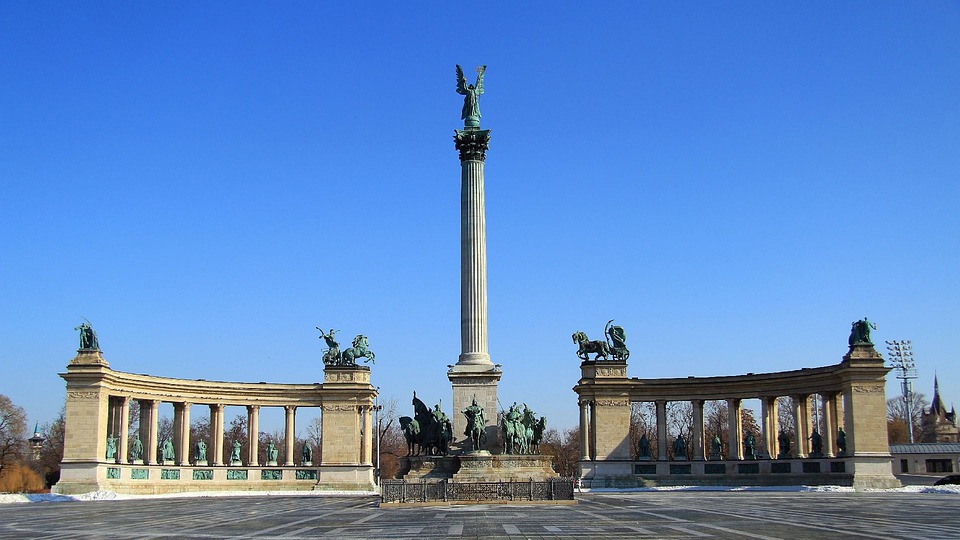
Andrassy Avenue:
Andrássy Avenue, also known as Andrássy út in Hungarian, is one of the most prominent boulevards in Budapest, Hungary. It is a UNESCO World Heritage Site and is often referred to as the Champs-Élysées of Budapest. The avenue is named after Prime Minister Gyula Andrássy, who was instrumental in the creation of the Austro-Hungarian Empire.
The avenue is renowned for its architectural beauty, featuring a mix of eclectic architectural styles, including Neo-Renaissance, Neo-Baroque, and Art Nouveau. Many of the buildings along Andrássy Avenue are elegant townhouses, palaces, and embassies.
The avenue is home to several cultural institutions, including the Hungarian State Opera House and the Andrássy University Budapest, which is known for its focus on international relations and diplomacy.
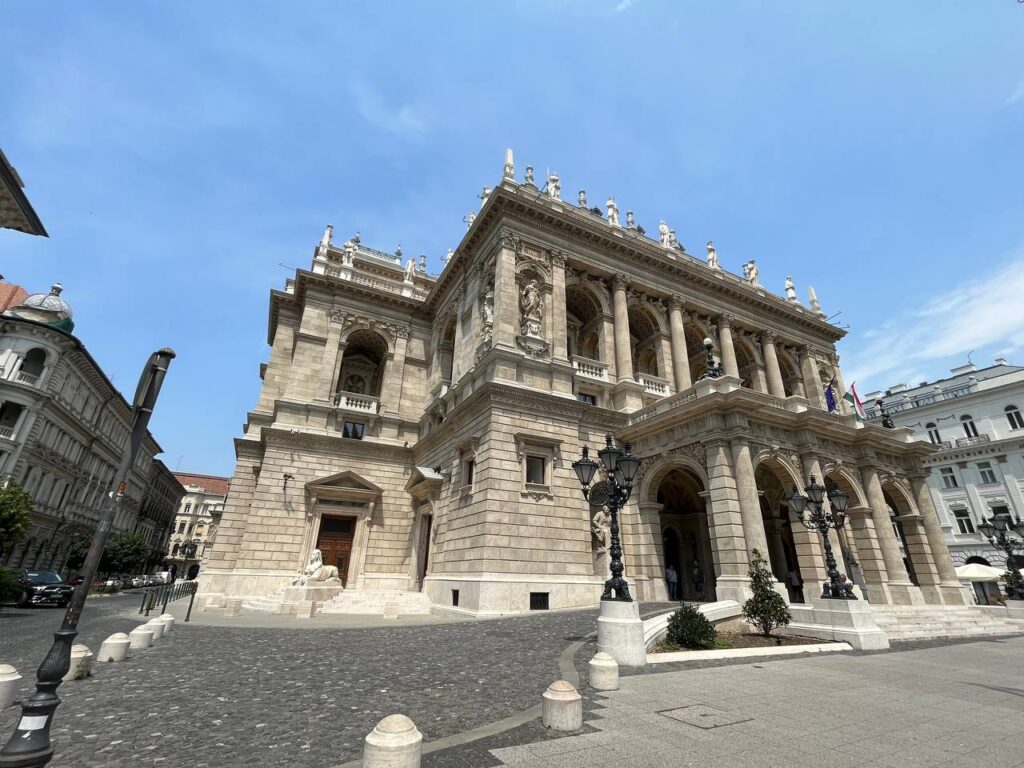
Ruin Bars in the Jewish Quarter:
The Jewish Quarter in Budapest, Hungary, is known for its unique and vibrant ruin bars. Ruin bars are establishments that have been set up in abandoned or dilapidated buildings, giving them a distinctive and eclectic atmosphere. The Jewish Quarter, in particular, has become a hub for these bars, offering a mix of history, culture, and nightlife.
Some well-known ruin bars in the Jewish Quarter of Budapest include:
Szimpla Kert: Szimpla Kert is one of the pioneering ruin bars in Budapest and is often considered the “original” ruin bar. It’s located in a former factory and has an artistic and eclectic decor. Szimpla Kert is not only a bar but also a cultural space that hosts various events, including live music and film screenings.
Instant: Instant is another popular ruin bar in the Jewish Quarter, known for its vibrant and colorful interior. It’s one of the largest ruin bars in Budapest and has multiple rooms with different themes and music styles.
Fogasház: Fogasház is a unique ruin bar that also functions as a cultural center. It often hosts art exhibitions, concerts, and other events. The venue has a laid-back atmosphere and is a great place to experience Budapest’s alternative scene.
Mazel Tov: While not a traditional ruin bar, Mazel Tov is a trendy open-air restaurant located in a beautifully restored building in the Jewish Quarter. It features a garden-like setting with a glass roof and serves Mediterranean-inspired cuisine.
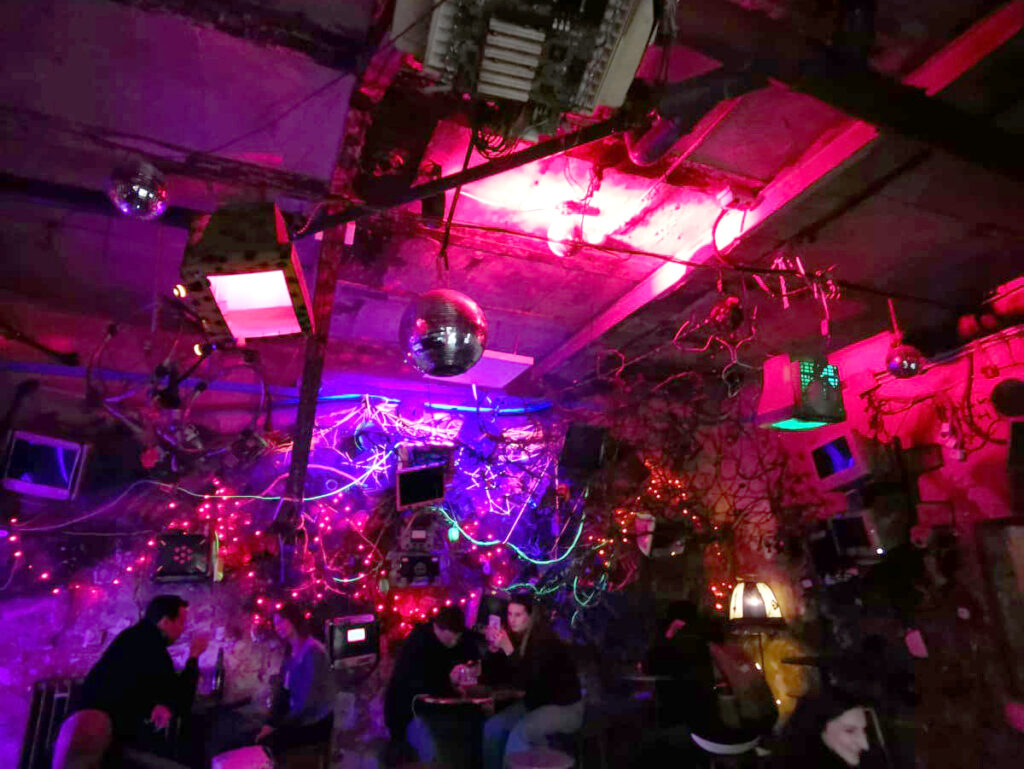
Budapest’s charm lies not only in its architecture but also in the resilience and spirit of its people. Every corner, every facade, and every cobblestone street is a gateway to the city’s living history, inviting you to explore and immerse yourself in its timeless beauty.